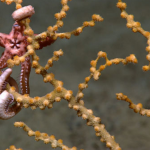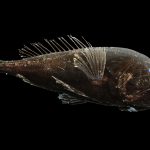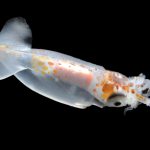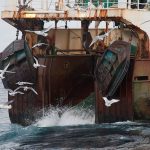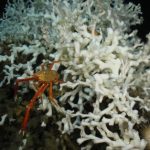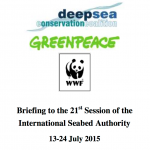Source: Marine Conservation Institute
Author: Les Watling
The concept of a vulnerable marine ecosystem, commonly referred to by its acronym VME, in high seas marine conservation management is about a decade old. United Nations General Assembly resolution 61/105 called “upon States to take action immediately, individually and through regional fisheries management organizations and arrangements, and consistent with the precautionary approach and ecosystem approaches, to sustainably manage fish stocks and protect vulnerable marine ecosystems [VMEs], including seamounts, hydrothermal vents and cold water corals, from destructive fishing practices, recognizing the immense importance and value of deep-sea ecosystems and the biodiversity they contain.”
Continue reading Seamounts ARE vulnerable marine ecosystems

